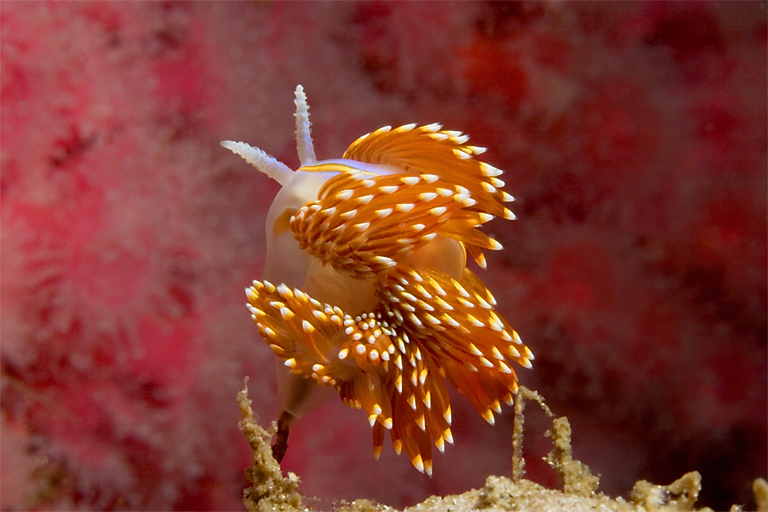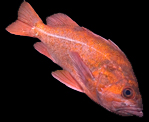
Mating Amtraks
Sometime around World War II, the US military operated amphibious landing tanks in Monterey Bay. As one might imagine, a cross between a boat and a tank isn't necessarily particularly seaworthy. Likely this was problematic for the brave men storming Omaha Beach, but it is, in fact, quite a blessing for Monterey divers. It's well-known that one of these craft found it way to the bottom in about 20 feet of water, just off Del Monte beach, near wharf no. 2. Two larger, less well-known amtraks rest, one on top of the other, in about 80 feet of water off Lovers Point. Likely due to their greater depth, these two "mating" amtraks are much better preserved than their Del Monte counterpart. The circumstances which led to the vehicles sinking together isn't known, but from their posture it looks entirely possible that they collided. Whatever the reason for the sinking, an absolutely fantastic artificial reef resulted. Since sand surrounds the wreck for a great distance on all sides, reef fish, and, in particular, wolf eels flock to this site. I've seen three or more eels hiding in the wreckage on several occasions.

The cerata of this egg laying Hermissenda crassicornis are disheveled by
the water's surge, while its two annulate rinophores protrude upward. Visible in
the background is a colony of Corynactis californica that lines a cavity
in the tracks of a sunken World War II era amphibious landing tank. These
vehicles are commonly called "amtraks", a condensation of "amphibious tracked".
Hermissenda is one of many creatures in Monterey that, from time to time,
appear in large numbers. This specimen was one of perhaps several hundred that
had aggregated on one side of an amtrak.
"Mating Amtraks", Monterey Bay, California
July 9, 2005

Home
